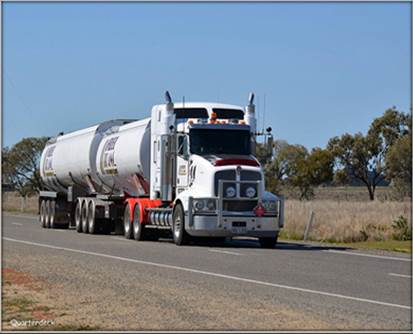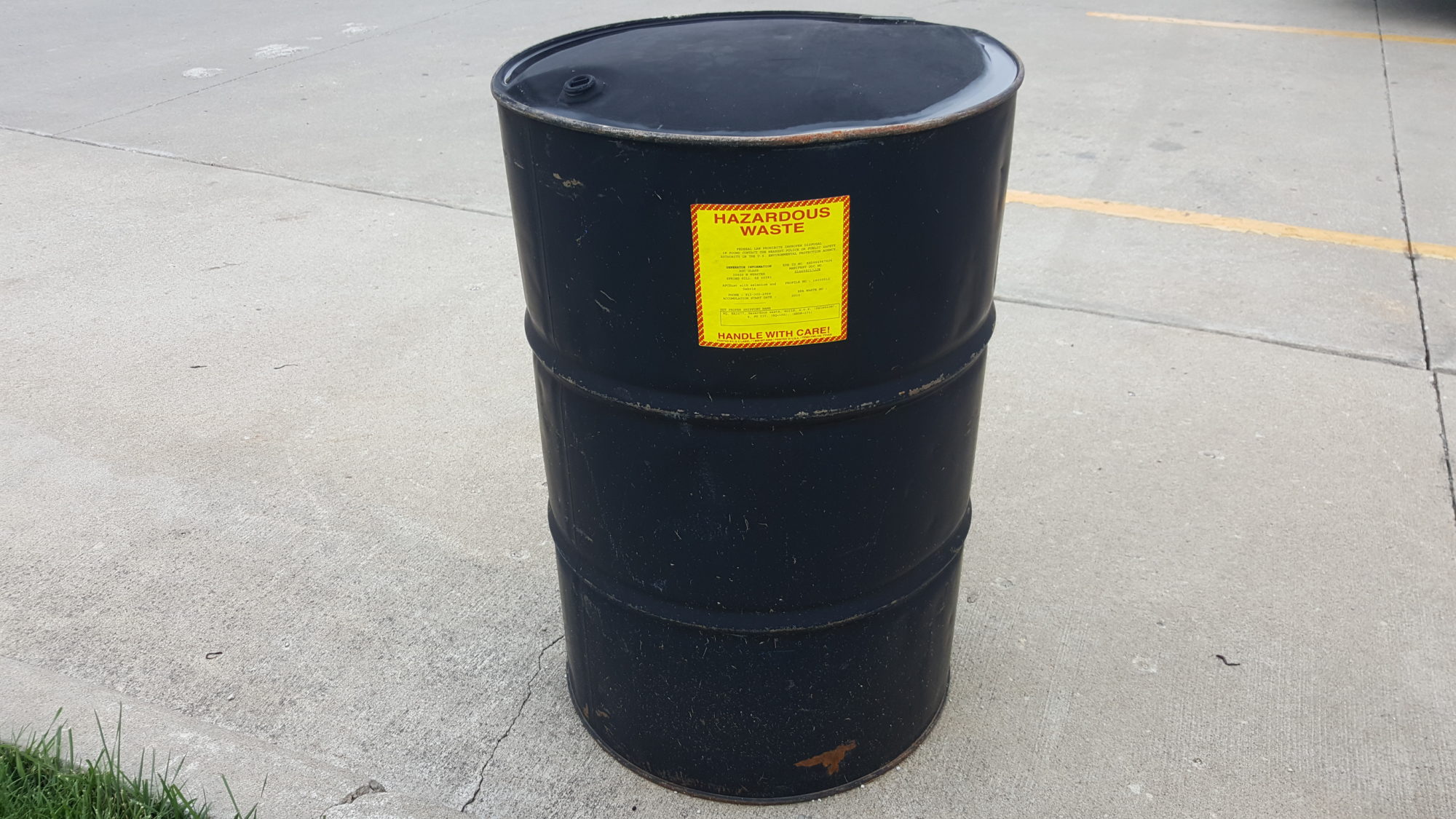 In case you haven’t heard, the transportation in commerce of lithium batteries of all types – and of almost all sizes – is subject to the regulations of several regulatory agencies depending on how it is to be transported.
In case you haven’t heard, the transportation in commerce of lithium batteries of all types – and of almost all sizes – is subject to the regulations of several regulatory agencies depending on how it is to be transported.
- Transportation to, from, or through the U.S. (including its overseas territories and states) is subject to the Hazardous Material Regulations (HMR) of the Pipeline and Hazardous Materials Safety Administration (PHMSA) within the U.S. Department of Transportation (USDOT).
- Transportation by air anywhere in the world (including to, from, or through the U.S.) will likely be subject to the Dangerous Goods Regulations of the International Air Transport Association (IATA).
- Transportation by vessel in international waters (which may include U.S. territorial waters if so chosen by the shipper) will be subject to the International Maritime Dangerous Goods Code (IMDG Code) of the International Maritime Organization (IMO).
- Even the United States Postal Service (USPS) has regulations for the transportation of lithium batteries.
There is not enough space here to document all of the requirements of all of these regulations for all of the possible modes of transportation. In an earlier article I provided information to assist you with the process of the classification of a lithium battery for transportation; the information in that article pertained to all modes of transportation. In this article I will explain just one small – though critical – requirement of the regulations for the transportation in commerce of lithium batteries by air: The responsibility of the employer to provide training for persons involved in the transportation of lithium batteries.




